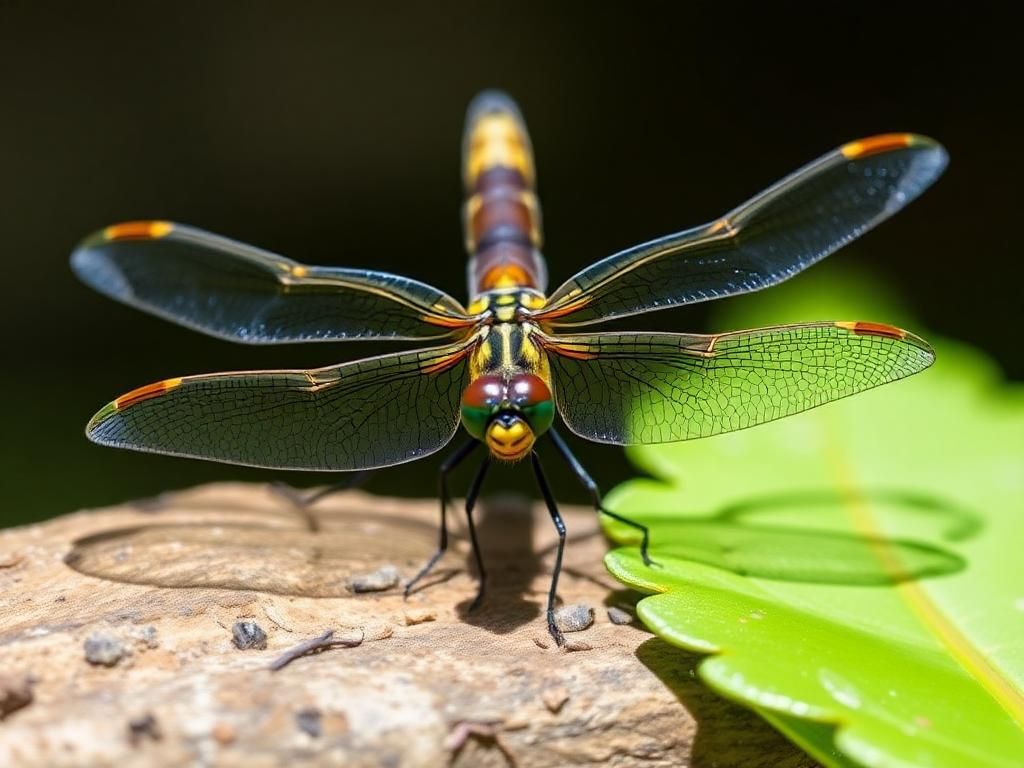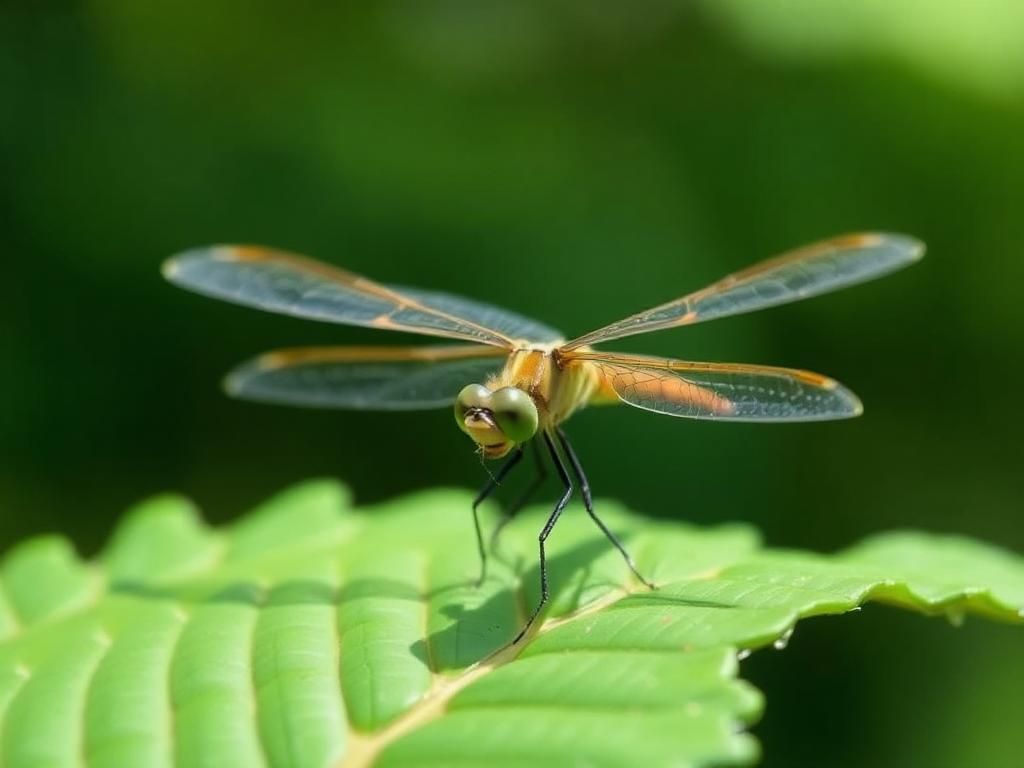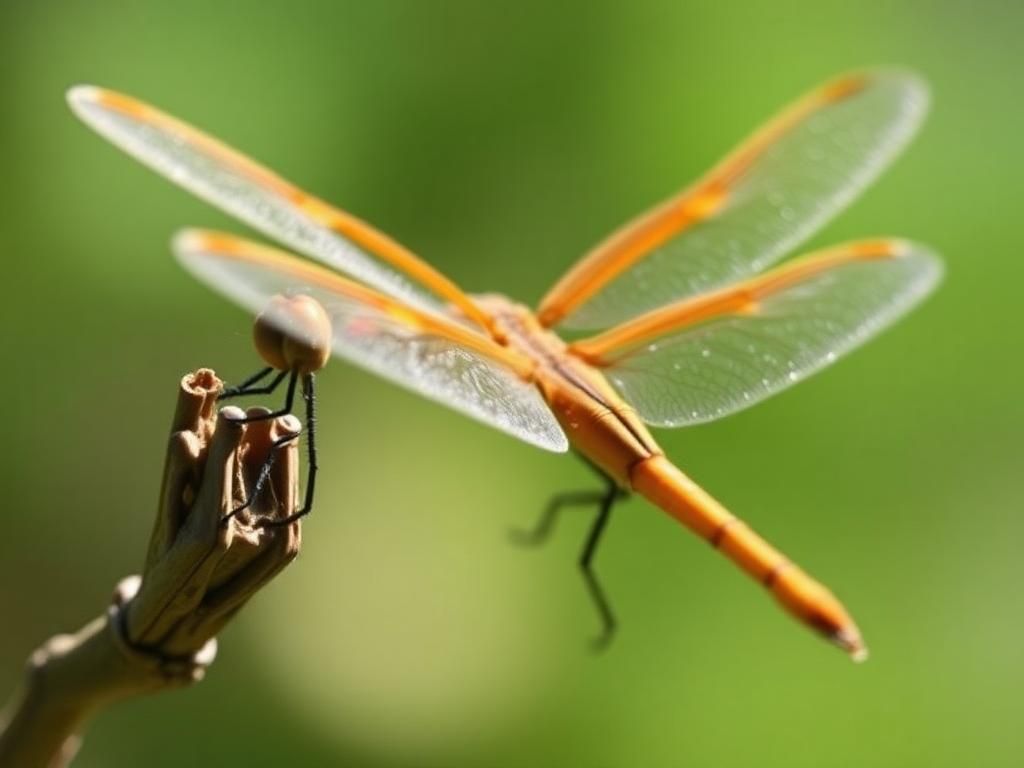Dragonflies are often seen fluttering around ponds and wetlands, captivating many with their vibrant colors and agile movements. These remarkable insects belong to the order Odonata and have a profound significance in both ecological and cultural contexts. Understanding the significance of dragonfly species not only highlights their role in the environment but also emphasizes their importance in mythology, art, and conservation efforts. This article aims to delve into the multifaceted nature of dragonflies, exploring their biology, ecological contributions, cultural significance, and ways in which individuals can engage with them.
Biological Overview of Dragonflies
Classification and Species Diversity
Dragonflies are classified under the order Odonata, which also includes damselflies. This order is characterized by insects that possess an elongated body, two pairs of wings, and large compound eyes. There are approximately 5,000 known species of dragonflies worldwide, reflecting an impressive diversity. Notable species include the Common Green Darner in North America, the Emperor Dragonfly in Europe, and the stunning Blue Skimmer found in tropical regions. Each species comes with its unique features—such as coloration, size, and habitat preferences—that contribute to the rich tapestry of dragonfly biodiversity.
Anatomy of Dragonflies
The anatomy of dragonflies is not only fascinating but crucial for their functionality in the environment. Their body is divided into three main parts: the head, thorax, and abdomen. The head houses large, multifaceted eyes that provide a nearly360-degree view of their surroundings, aiding in hunting and avoiding predators. The thorax features powerful muscles that allow for impressive wing movements—dragonflies are known for their ability to hover, fly backward, and even make sharp turns in mid-air. Their two pairs of wings can move independently, enabling agile flight patterns. Additionally, the long, segmented abdomen plays a crucial role in reproductive behaviors.
Ecological Role of Dragonflies
Predator and Prey Dynamics
The ecological role of dragonflies is primarily defined by their position as apex predators in many aquatic ecosystems. They primarily feed on smaller insects such as mosquitoes and flies, making them valuable allies in natural pest control. This predatory behavior not only regulates the populations of these pests but also helps maintain the overall health of ecosystems. Dragonflies themselves serve as prey for various birds and fish, placing them in a crucial position within the food web.
Indicators of Environmental Health
Dragonflies also function as bioindicators, meaning their presence and population dynamics can offer insights into the health of an ecosystem. Because they are sensitive to changes in water quality and habitat conditions, a decline in dragonfly populations often signifies environmental stress. Scientific studies have demonstrated a strong link between dragonfly diversity and water quality, underscoring their importance in monitoring ecological health. Regular observations can assist in assessing the impacts of pollution and habitat deterioration, making them critical components of conservation studies.
Cultural and Historical Significance
Dragonflies in Mythology and Folklore

Throughout history, dragonflies have held substantial places in various mythologies and cultures. In Native American traditions, they are often seen as symbols of change and transformation, connected to the spiritual world. In many Asian cultures, particularly in Japan, dragonflies are revered as symbols of courage, strength, and happiness. Modern interpretations continue to evolve, with dragonflies often representing adaptability and resilience in the face of environmental changes.
Dragonflies in Art and Literature
Dragonflies have inspired countless artistic endeavors and literary references. Their striking appearance has made them popular subjects in paintings, photography, and crafts. In literature, references to dragonflies often highlight themes of change and the transient nature of life. Moreover, they have influenced popular culture, appearing in films, animations, and product designs, further solidifying their significance in contemporary society.
Dragonflies in Sustainable Practices
Contribution to Biodiversity
The significance of dragonfly species extends to their vital contributions to biodiversity. By controlling pest populations, they play a critical role in maintaining balance within ecosystems. Their presence fosters healthy aquatic environments, which in turn support other species, creating a sustainable ecological network.
Conservation Efforts
Despite their ecological importance, dragonfly populations face numerous threats. Climate change, habitat loss, and pollution pose significant challenges, leading to declines in their numbers. Conservation initiatives focusing on habitat restoration and creating protected areas are essential in ensuring the survival of these insects. Public awareness and education campaigns play a crucial role in these efforts, encouraging communities to engage in protective practices.
Personal Connection and Observation
Engaging with Dragonflies
Experiencing the beauty of dragonflies in the wild can be a rewarding endeavor. Observing them often requires finding the right environments—look for ponds, lakes, or wetlands during the warm months, especially in mornings or late afternoons when they are most active. Creating dragonfly-friendly environments in gardens can also encourage their presence. Incorporating water features like ponds and planting native vegetation can establish ideal habitats for dragonflies to thrive.
Citizen Science and Community Involvement

Individuals interested in dragonflies can participate in citizen science programs that focus on monitoring dragonfly populations and behavior. These initiatives provide valuable data for scientific studies while fostering community participation in ecological projects. Engaging with local conservation efforts can lead to positive environmental impacts and enhance public appreciation for these remarkable insects.
FAQs
1. What is the lifespan of a dragonfly?
Dragonflies can live for several months to a few years, depending on the species. Most of their life is spent in the larval stage underwater.
2. How do dragonflies find their prey?
Dragonflies rely on their exceptional eyesight to spot prey from a distance and can quickly pursue and capture them mid-flight.
3. Are dragonflies harmful to humans?
No, dragonflies are not harmful to humans; in fact, they are beneficial as they control mosquito populations, reducing the chances of mosquito-borne diseases.
4. Why are dragonflies considered bioindicators?
Dragonflies are sensitive to changes in water quality and pollution, making their population status a reliable indicator of ecological health.
5. Can dragonflies be kept in captivity?
While it is possible to keep dragonfly nymphs in aquariums, they should be released back into their natural habitats as they are vital to ecosystem balance.
6. How can I attract dragonflies to my garden?
Creating a pond, providing native plants, and limiting pesticide use will create a welcoming environment for dragonflies.
7. Are all dragonflies migratory?
Not all species of dragonflies migrate, but some, such as the Common Green Darner, are known to travel long distances seasonally.
8. How do dragonflies breathe underwater?
Dragonfly nymphs can breathe through gills located in their abdomen while they are underwater.
9. What colors do dragonflies come in?
Dragonflies exhibit a wide variety of colors, including blue, green, red, and yellow, often with iridescent wings.
10. Where can I find dragonfly FAQs and more information?
You can find more dragonfly-related information and FAQs at organizations like the Odonata Central.
| Species Name | Habitat | Size (cm) | Coloration | Notable Behavior |
|---|---|---|---|---|
| Common Green Darner | Ponds, lakes | 8-10 | Green thorax, blue abdomen | Long-distance migrations |
| Emperor Dragonfly | Stagnant waters | 8-10 | Bright blue and green | Territorial behavior |
| Blue Skimmer | Shallow ponds | 5-7 | Light blue and black | Extensive hunting flights |
Understanding the significance of dragonfly species allows us to appreciate their ecological importance, cultural relevance, and the need for conservation efforts. These insects not only show us the beauty of nature but also reflect the health of our environments and the interconnectedness of ecosystems. By engaging with dragonflies, we can foster a deeper appreciation for their role in maintaining ecological balance and promoting biodiversity.
